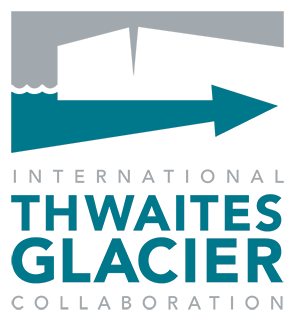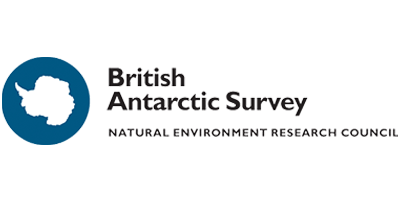Marschalek ITGC:100
Marschalek, J. W., S. N. Thomson, C.-D. Hillenbrand, P. Vermeesch, C. Siddoway, A. Carter, K. Nichols, D. H. Rood, R. A. Venturelli, S. J. Hammond, J. Wellner, and T. van de Flierdt. 2024. Geological Insights from the Newly Discovered Granite of Sif Island between Thwaites and Pine Island Glaciers.” Antarctic Science, 2024, 1–24. .






